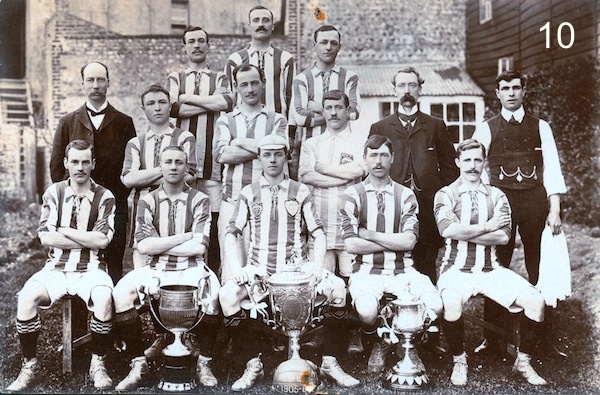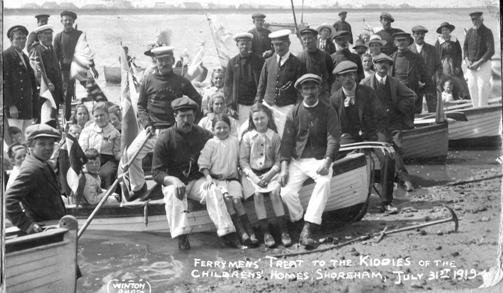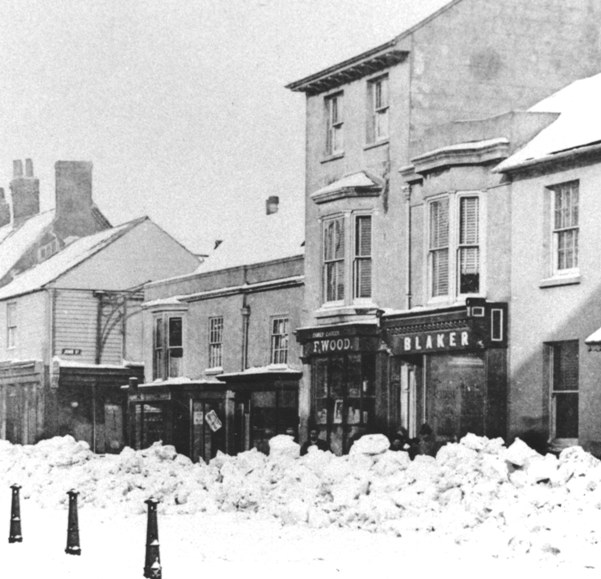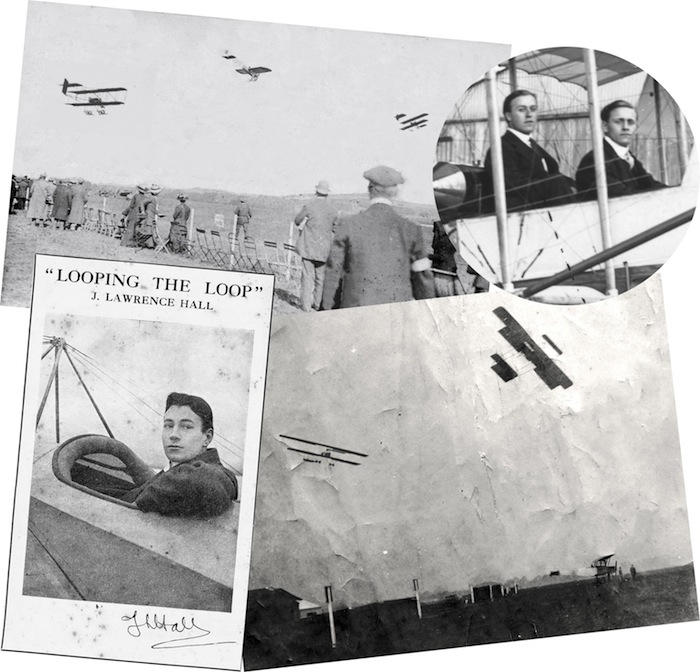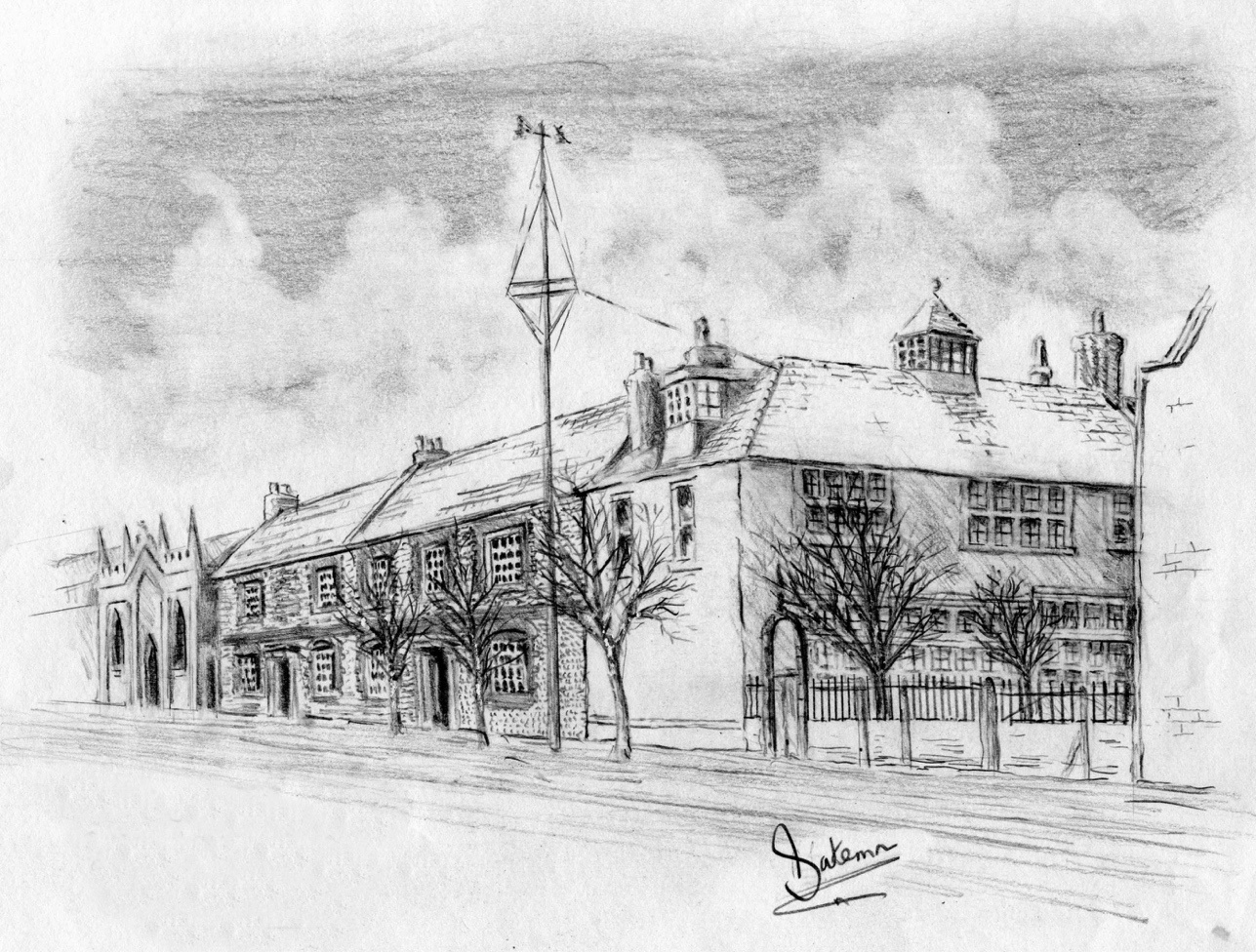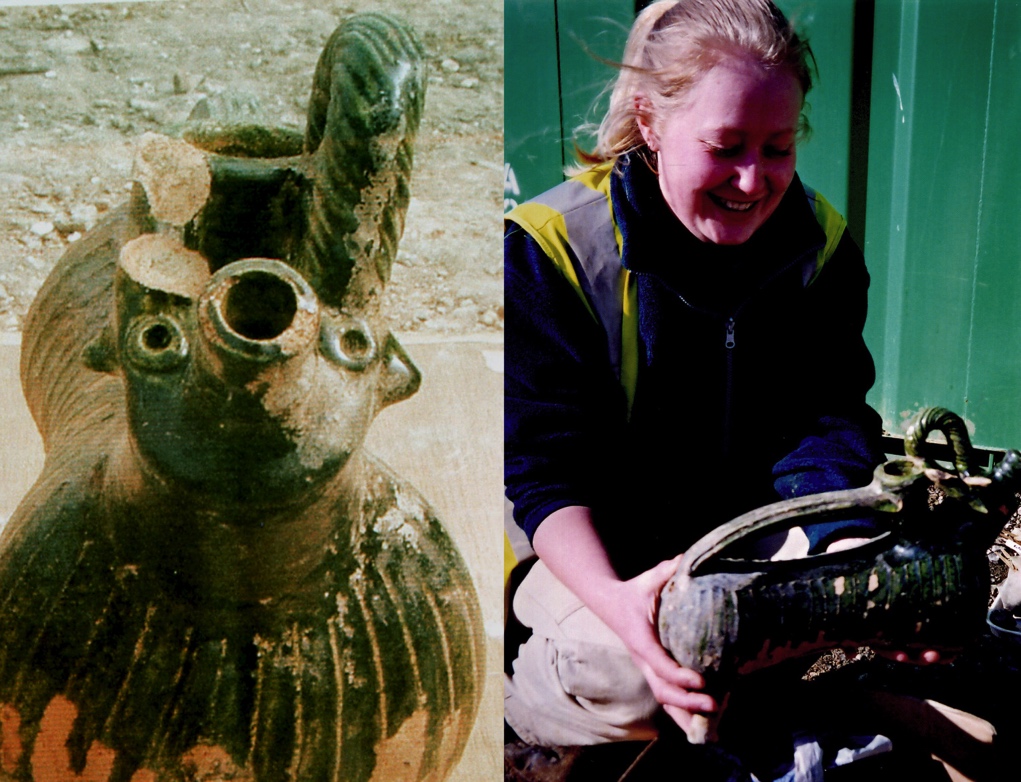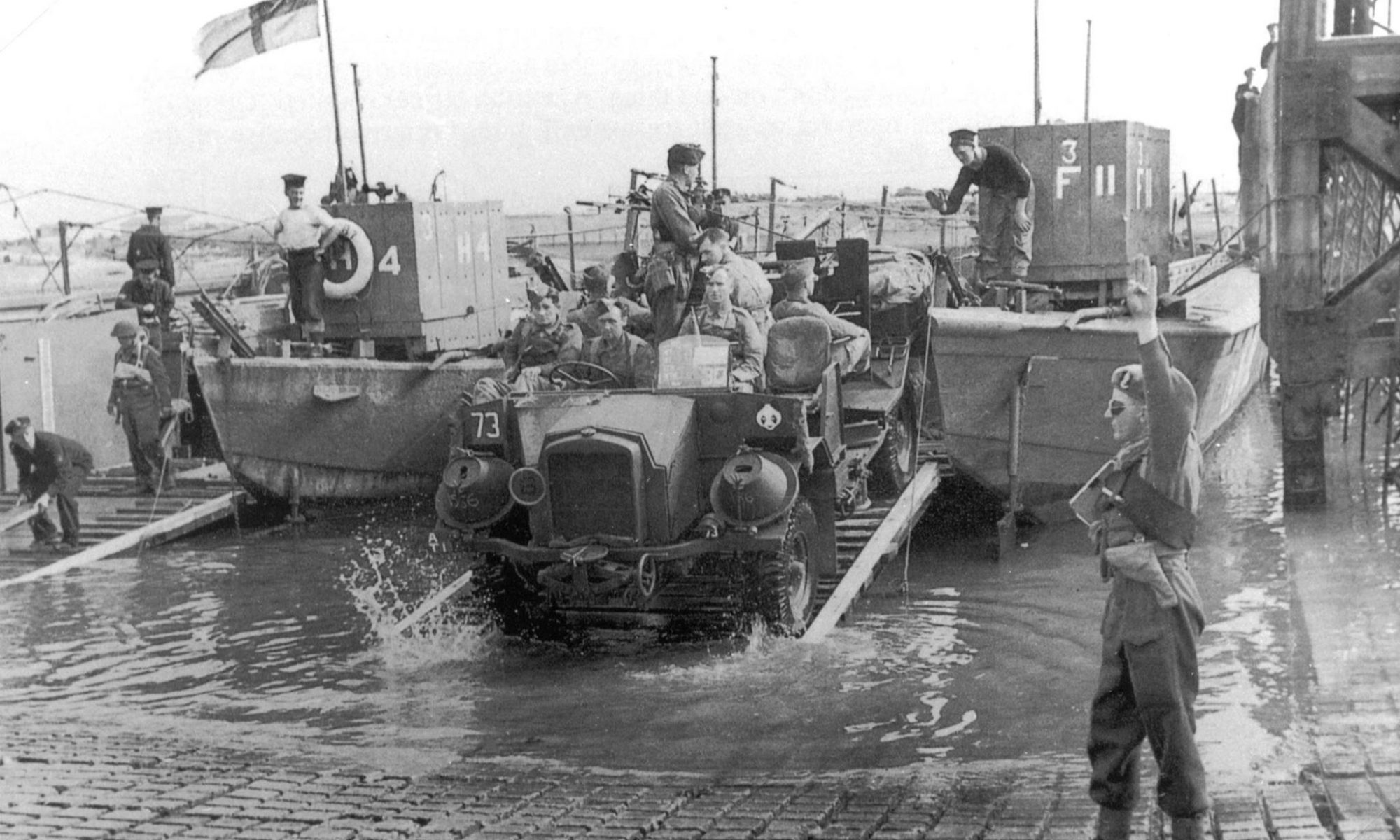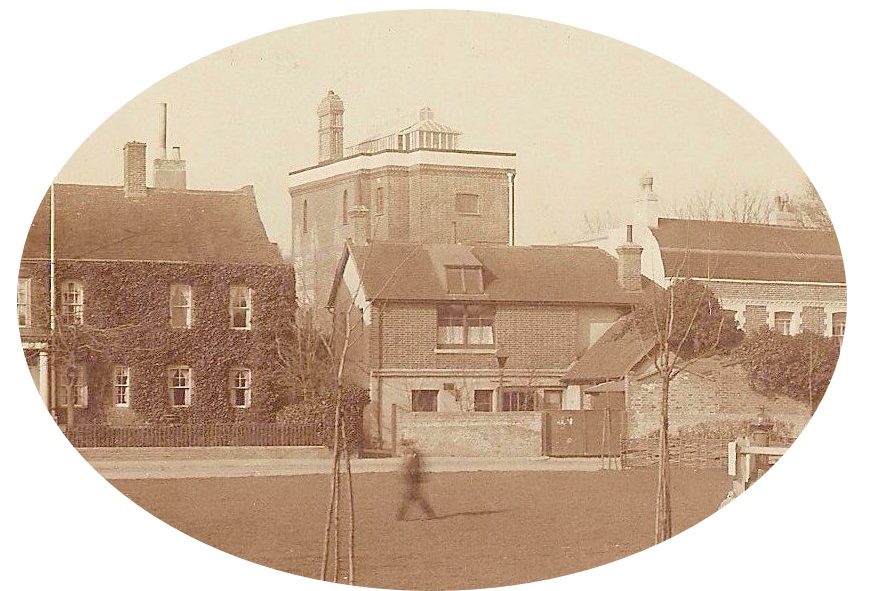Early football in Shoreham and the ‘Glory Years’

Today’s Shoreham Football Club was founded in 1892 playing competitive matches in the West Sussex Football League as from 1896, the Sussex Senior Challenge Cup competition that had been run since 1882 and the Royal Ulster Rifles Charity Cup (originally the Royal Irish Rifles Challenge Cup) a competition that was begun in 1897.
Continue reading “Shoreham Football Club”

